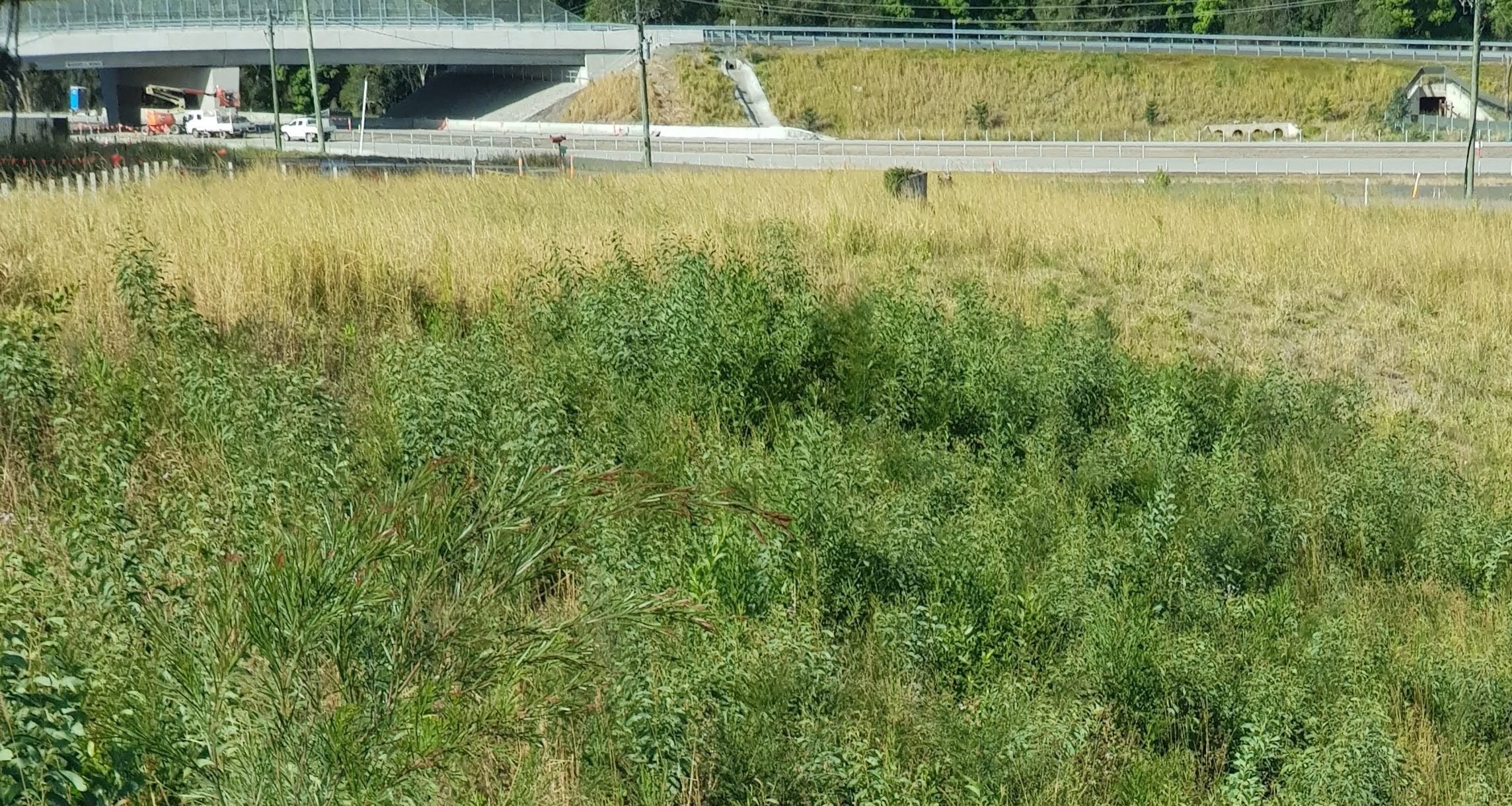
Native plants typically thrive in Australia’s challenging soils and harsh climatic conditions – making them crucial to the success of many of the large projects EnviroStraw undertakes. Surviving droughts and growing in inhospitable soils, they help in our mission to deliver great outcomes, save clients’ money and restore the land to its original glory – here are some of the things we do to ensure successful native plant establishment, every time.
- Carefully select the cover crop species
This ensures they can grow in the climate and soil found on site. If the soil is sodic, for example, we select grass species that can tolerate the sodicity to minimise the use of soil ameliorants – this provides significant savings to the project owners.
- Test seed quality and germination
Native vegetation tends to require less maintenance, with hardy plants used to surviving the challenges of the Australian climate. With this in mind, both the quality of the seed and germination testing is hugely important, as native seeds can be difficult to germinate so it’s crucial to sow the correct volume of seed. We also get an ecology report that ensures we sow seeds endemic to the site.
- Check the soil
Before construction begins we test the soil so we can understand what then happens to it as the project progresses. This means we can condition the soil to the optimal point where plants are encouraged to germinate and grow – ameliorating it to restore it to the condition it was in prior to construction.
- Prepare the seedbed
Smooth and compacted batters can result in the Hydromulch being sprayed, only for the water to run straight off. It’s important we slow water-flow to a point where it can penetrate into the soil and plants can establish, and several methods can be used – horizontal ripping, pin wheeling or track rolling, Carbon soils with low carbon don’t hold water and lack structure, meaning they easily erode. Biostimulants, however, assist in the establishment of microbes, providing an immediate food source for them.
- Correctly apply the Hydromulch layer
Native seeds need to be in the dirt, so we encourage applicators to do a double pass – placing all the native seeds and 50% of the cover-crop species in pass one, and the remaining cover crop grasses in the second pass.
- Use the correct specification of hydromulch and binders
So often we see specifications that simply will not achieve the desired outcome. We need to ensure we protect the grass seeds and cover the ground sufficiently to minimise erosion, using environmentally friendly polymers as a binder. Consideration needs to be given to watering and topsoil, as well as slope angle and lengths in order to ensure erosion is managed.
- Monitor everything
This is a critical step – everything from the subsoil amelioration process to the Hydromulch application process should be closely monitored to avoid failed revegetation projects.
Overall, EnviroStraw is committed to delivering efficient and compliant native plant solutions that provide significant cost savings to clients across the mining, construction and development industries. With a full product range that’s designed to be native plant friendly, our understanding of plant science means we always select the correct products and approach for each project. Our range of Hydromulch products is manufactured to the highest standards, including a diverse range of fibers and a purpose-designed suite of microbes – ensuring we kick-start a successful process from day one.